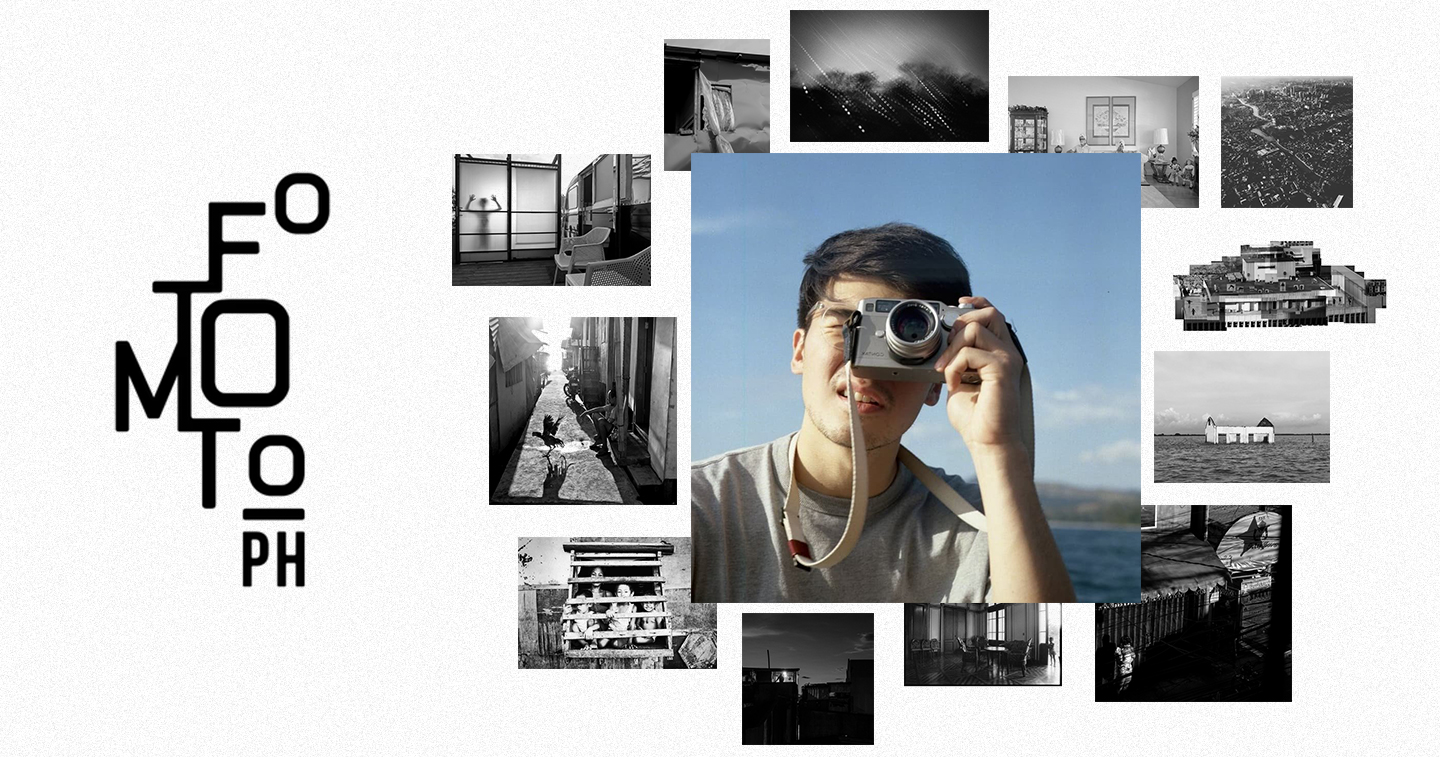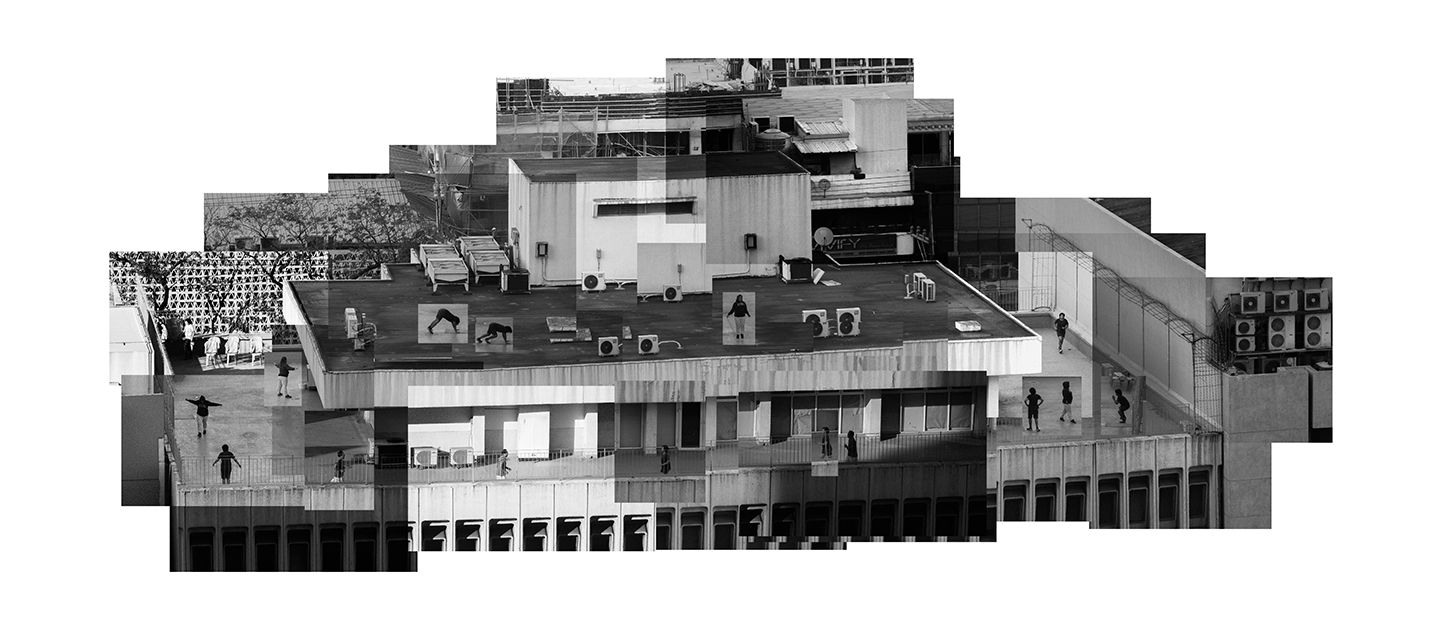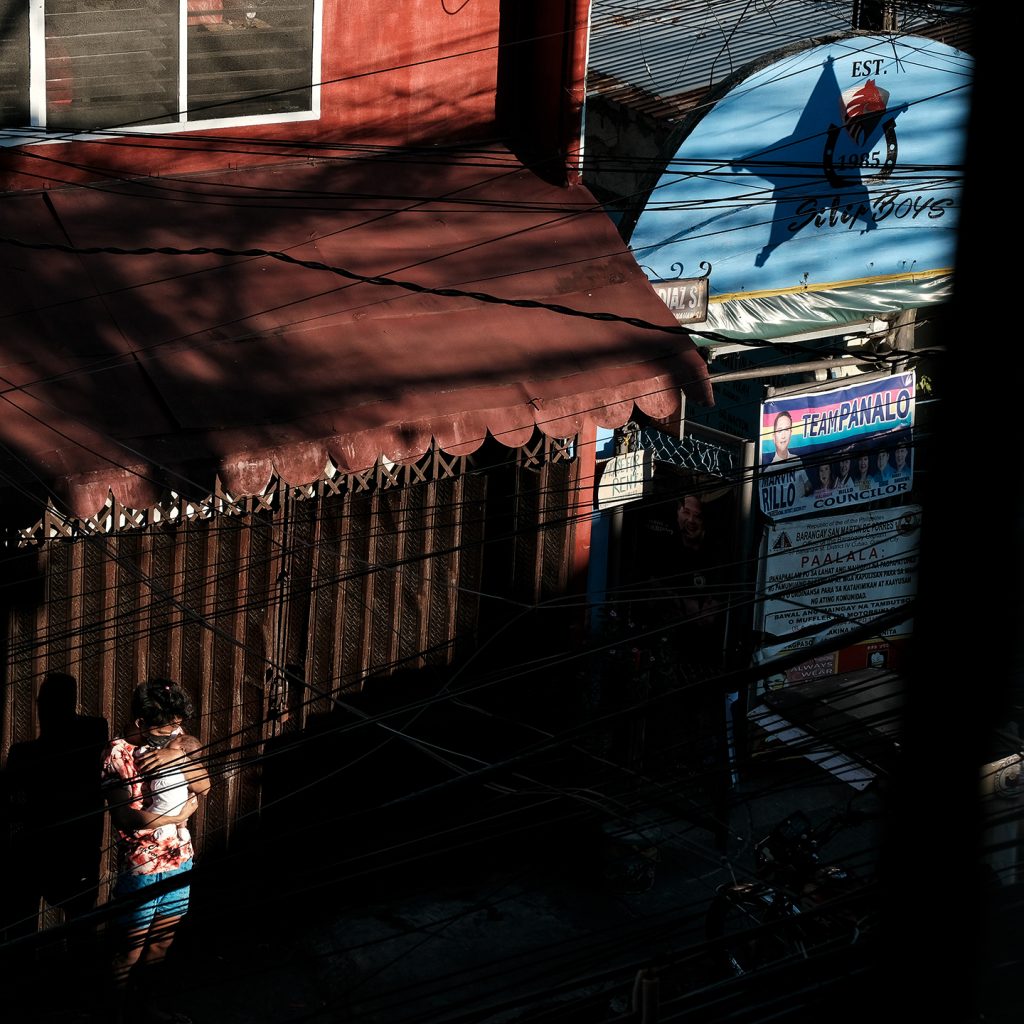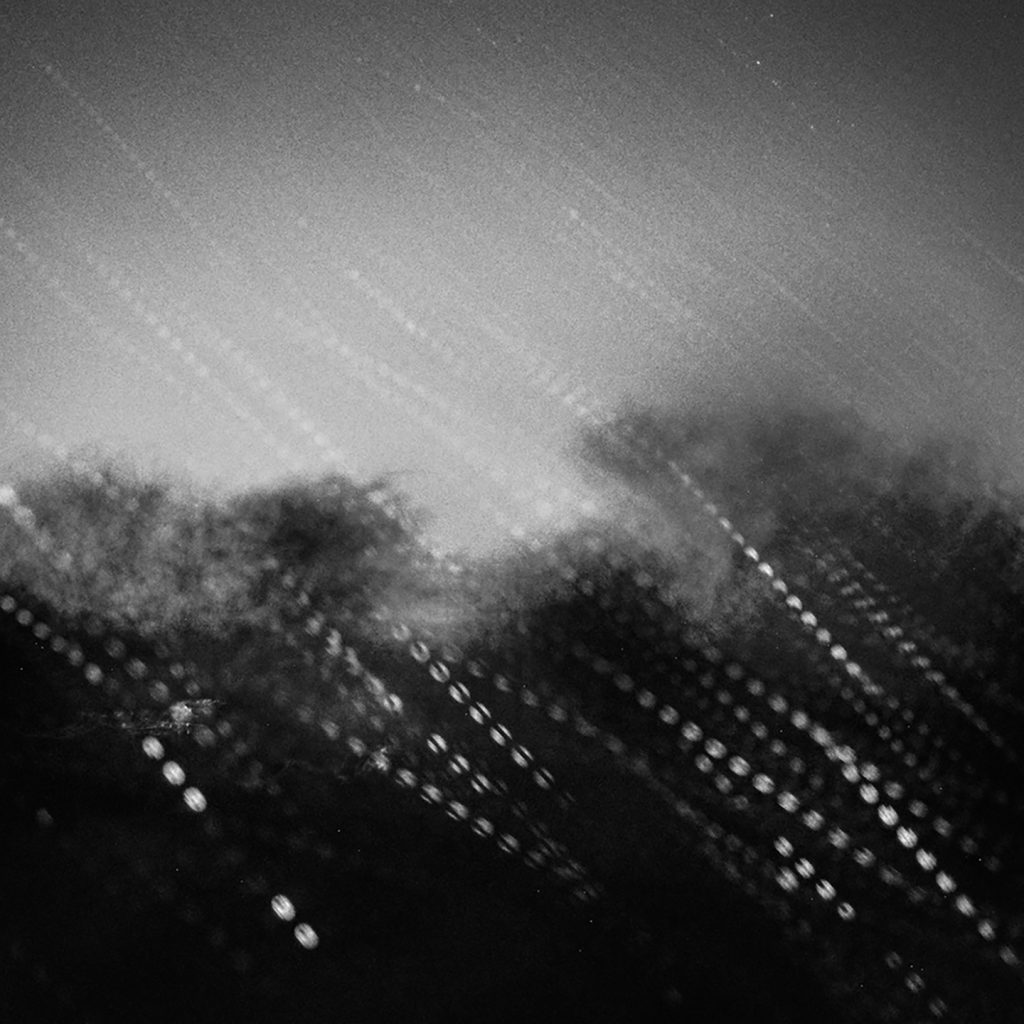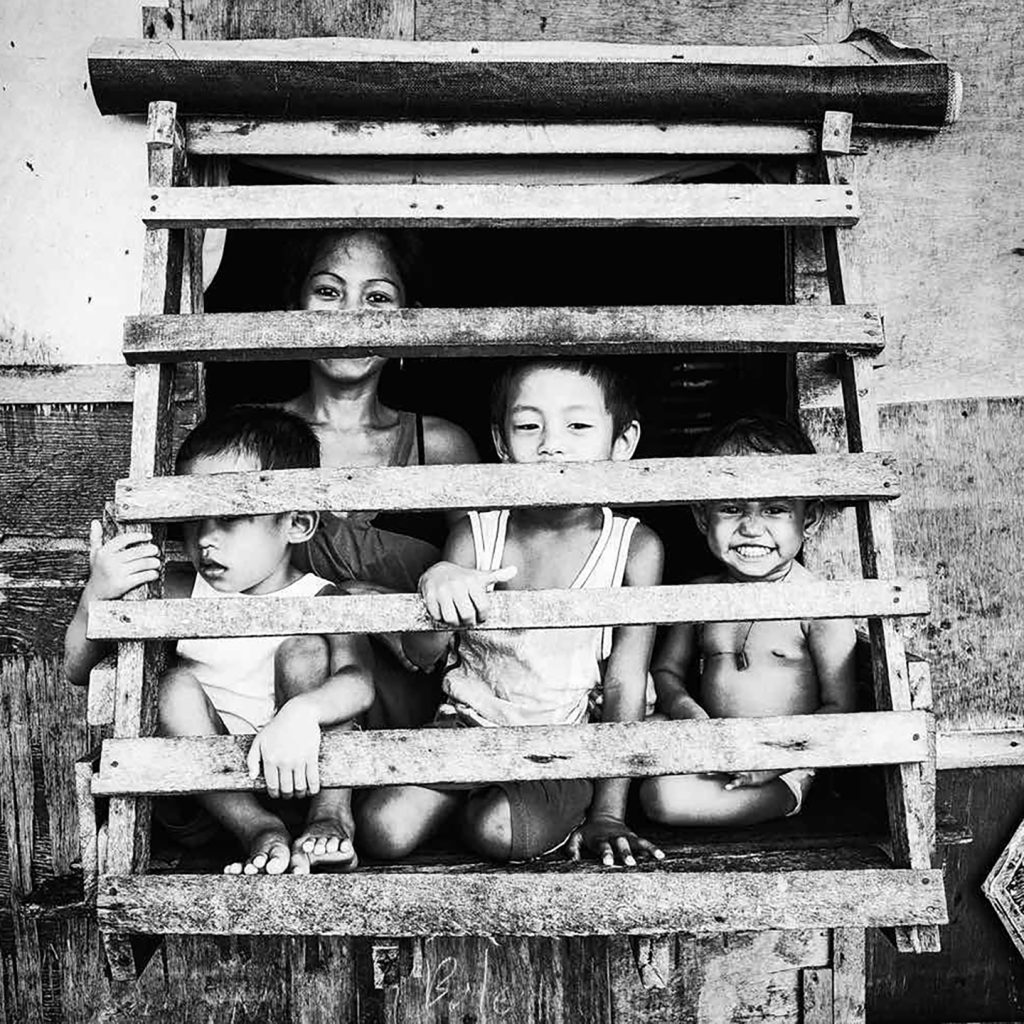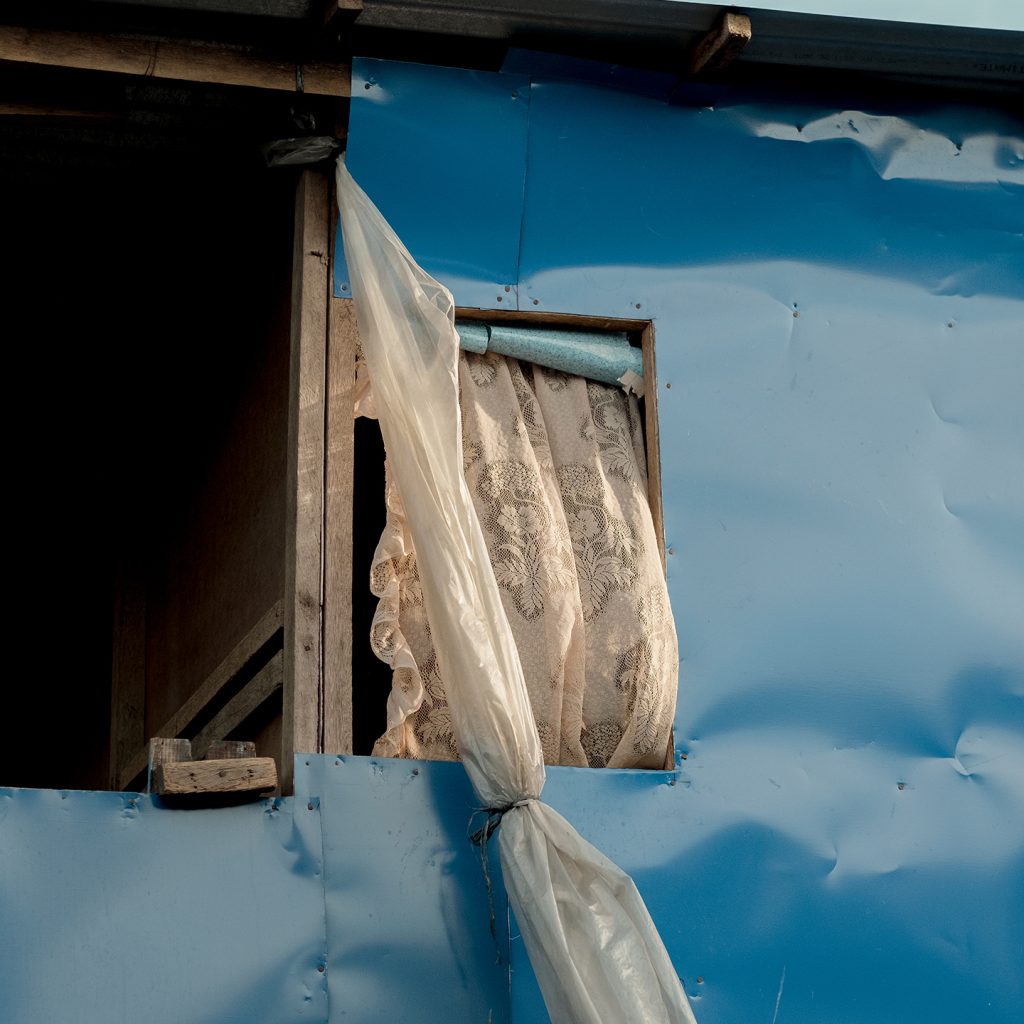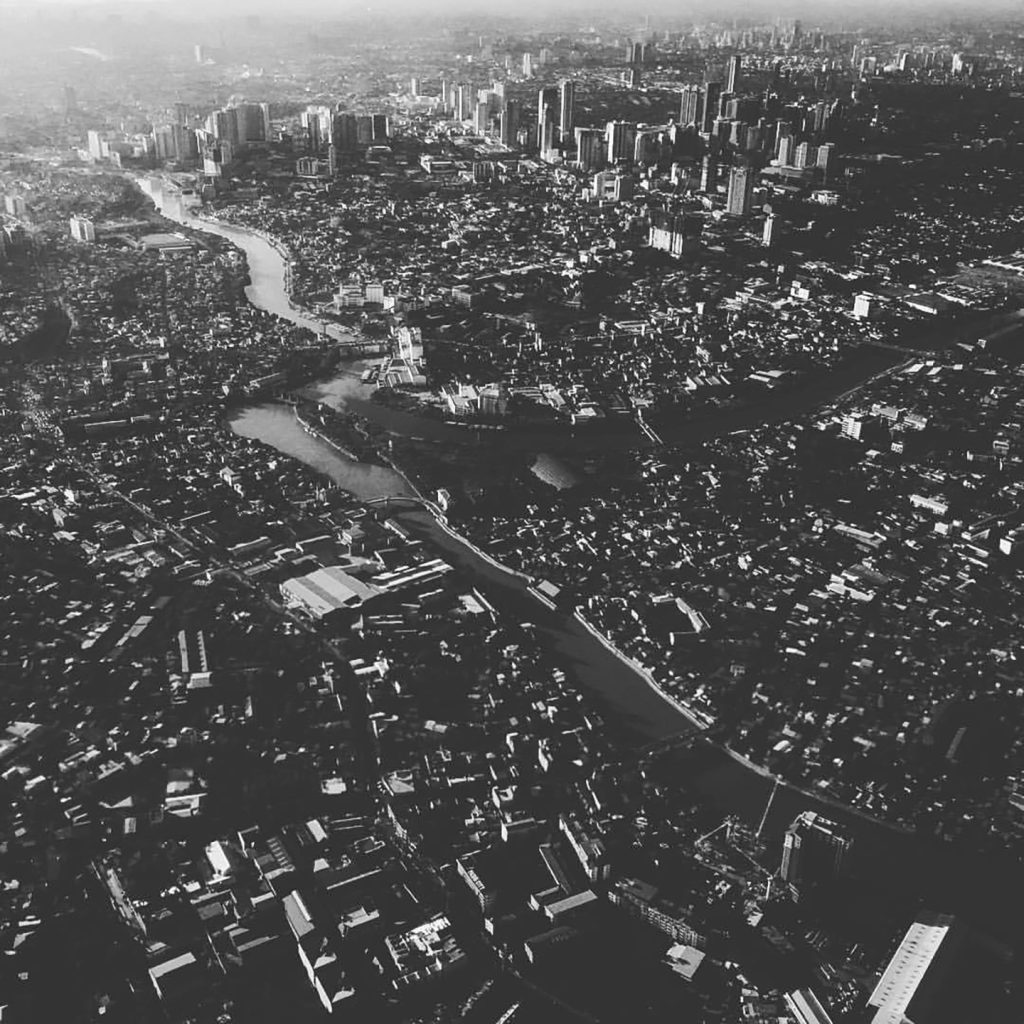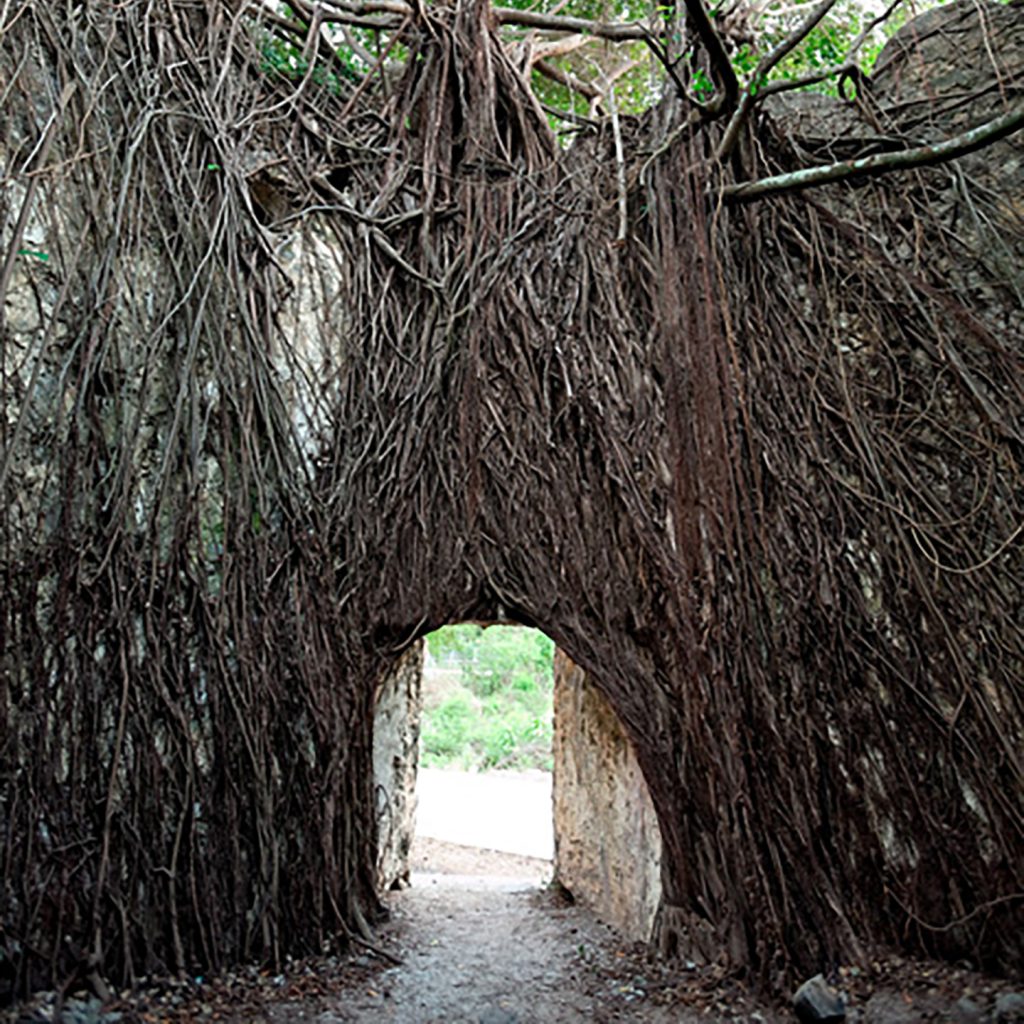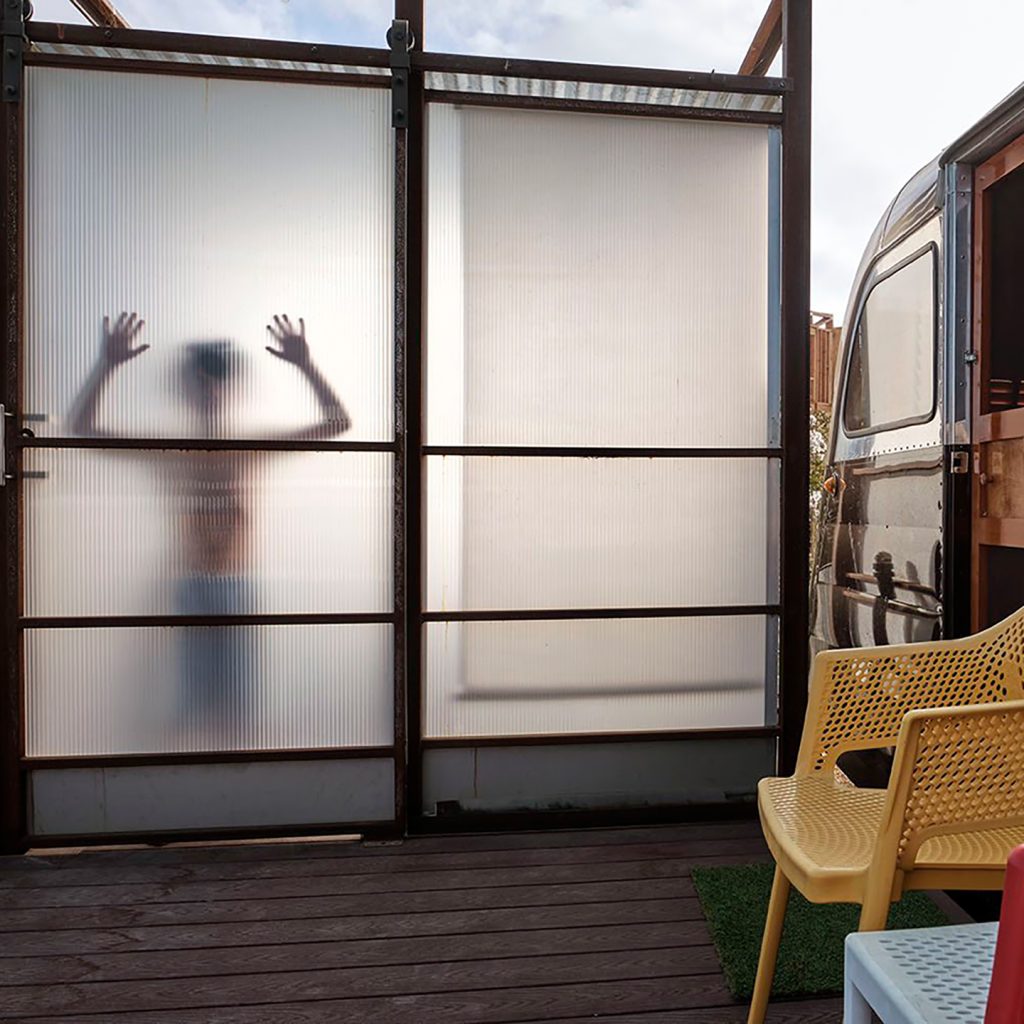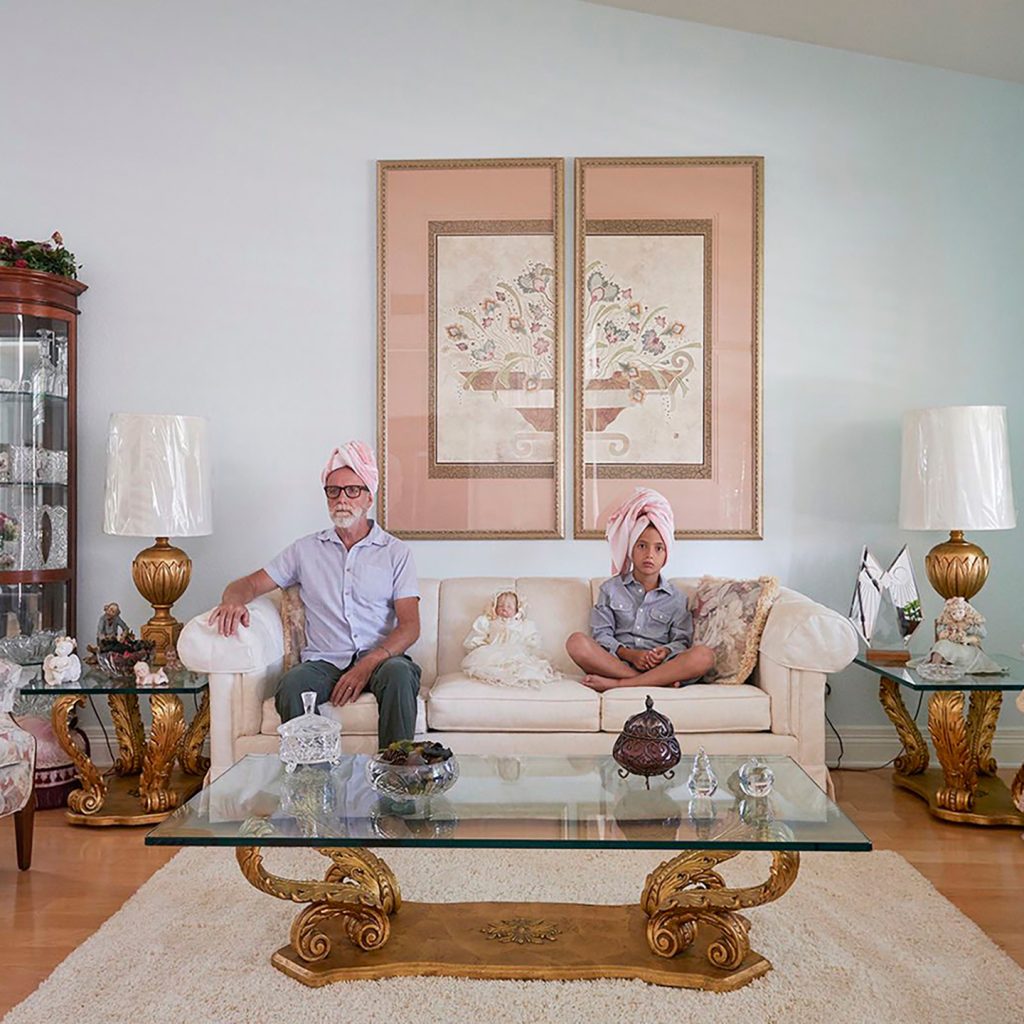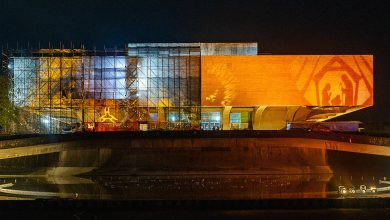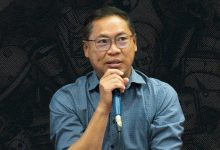MANILA, PHILIPPINES — Is home a place, memory, feeling, or practice? As the world emerged from a global lockdown brought by the pandemic, people found themselves re-examining and reconstructing their definitions of home. This is the visual story Fotomoto,
With the theme “Home,” Fotomoto
Submissions are welcome until the deadline, September 30.
As someone who experienced lengthy isolation periods himself, Fotomoto Founding Member Gio Panlilio understands that t
Gio is a curator, photo editor, and exhibiting artist based in Manila. He is the co-founder of Tarzeer Pictures, which provides a platform for emerging photographers to exhibit and develop work. His personal projects often deal with the complexities of space and the human interactions contained within them.
Gio talked to adobo Magazine about
adobo: Let’s talk about Fotomoto 22. It carries the theme of “Home.” How did your collective arrive at this idea? Do you have personal stories to share?
Gio: For almost two years, everyone was stuck and quarantined at home. In photography, I feel like there’s always an attraction to go elsewhere, to leave your space, and to journey outwards to take pictures. As a collective, it’s interesting for us to challenge the photographers to look at what’s immediately around them and to take notice of things they’re already comfortable with.
We’re curious to see what kind of stories and ideas stick out to them in this setting. It’s tough because too often, we get so used to our routine and get so familiar with our homes that it can feel like there’s nothing to photograph. After two years of being isolated at home, we wonder what’s changed in an artist’s perspective and what they deem worthy of being photographed.
Fotomoto 22 carries quite a broad theme, but this was deliberate. We want to see how people interpret it through a variety of work. We’re hoping that the theme prompts artists to take new pictures or maybe look back at stuff that they’ve already done and realize that a set of images might work for this project.
Fotomoto 22 is an open call. Why is it important for this exhibition to showcase diverse perspectives, from professional photographers to lesser-known and emerging ones?
We welcome entries from everyone, professional and amateur photographers alike. Geographically, we’re also interested in being as inclusive as possible because we want to tell different stories, narratives, and perspectives that are rooted in the Filipino context.
During the selection process, we try to strip the image of all its information, including who submitted the work. This is to ensure that we choose entries based on the strength of the image alone, and not who took it or where they’re from. Through an objective process, we hope to gather a range of stories, ideas, and collections that we might miss out on if we focus on a certain demographic of photographers from certain parts of the country.
We want to create a platform that is open to anybody, and I believe that inclusivity is one of the basic tenants of why we started this collective.
What were some surprising comments about last year’s exhibition that inspired you even more with Fotomoto 22?
During last year’s exhibit, I realized how much people enjoy a sense of community. After a long period, Fotomoto was able to give them a physical space to meet fellow members of the Philippine photographic community. For Fotomoto 21, we had several venues and each one had an opening night. This served as an avenue for people to gather, hang out, and get to know each other. I think that interaction and intermingling was a really welcome experience, after countless months of remote interactions.
We’re centralizing Fotomoto 22 in one space, but this sense of camaraderie and connection is something we’re hoping for again. We want to help strengthen and build the community, and also encourage photographers to look outside of their current circles.
You’re the co-founder of Tarzeer Pictures, a gallery and creative production group based in Manila dedicated to the creation and development of photo, video, and image-based works. Can you tell us the importance of photography as an art medium beyond its visual appeal?
Gio: I think I think there are a few things that make photography special. It’s a highly technical tool, but also very malleable as it can work towards the intent of the person that’s using it, whether it’s for artistic practice, commercial practice, or more industrial practice.
With that said, photography is a flexible medium. While it’s used as a form of documentation and recording, it’s also used to preserve moments, memories, and stories — both personal and outwardly looking. For example, from the journalistic point of view, it’s primarily a mode of communicating a story or narrative. But photography can likewise be used to express abstract ideas.
It’s a one-to-one representation of what you’re photographing, but that doesn’t always mean that it’s an accurate representation, it just means that it’s a realistic depiction of certain objects or people. And there’s a lot you can glean from what’s within the frame of an image — what’s included, what’s not included.
You’re right, photography is a medium that speaks a lot. Now aside from your involvement with Tarzeer Pictures, you are also a curator, a photo editor and an exhibiting artist. Have all these years of being involved in photography, on so many levels, changed your way of seeing the world?
I wouldn’t say it’s necessarily changed the way I see the world, but now I experience it differently. And with photography, I now think about it more holistically.
What’s special about getting to move between different spheres is that I’m able to view the different parts of the process by putting on different hats, from an artist exhibiting my work somewhere to a curator who helps decide how to put together a show. In this way, I get to see everything from start to finish. It’s been amazing to experience the different facets of how work starts from an idea and ends up at a show or a gallery.
From ideation to putting up an exhibit, is there a singular part of the process that, for you, is the most rewarding?
I love working with the artists, hearing what their ideas are at the beginning and then coming back in a few weeks or months to see how much they’ve progressed. It’s getting to witness whether their ideas have stayed the same, or if they’ve changed and evolved.
It’s fulfilling to see how artists work through their ideas because at the end of the day, it’s a big process of problem-solving. Let’s say you have a particular story, and throughout the whole process, you’re trying to figure out what’s the best way to convey it. You’re faced with the challenges of how to get the image and present it. You ask yourself, what’s the best form for this idea? And seeing how artists arrive come up with that is so interesting, and it teaches me a lot also. It’s very rewarding to see how the idea is conceived and then how it’s executed.
To learn more about Fotomoto and its upcoming exhibit, visit the website.

